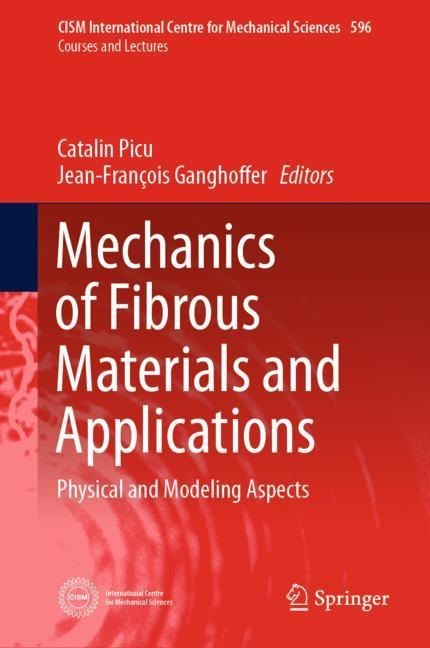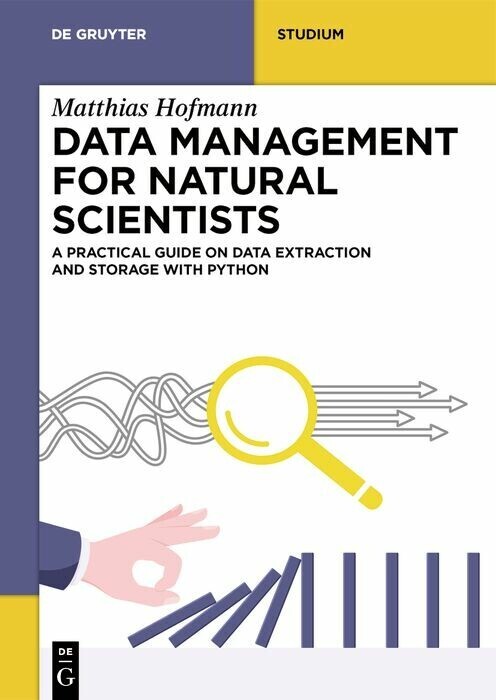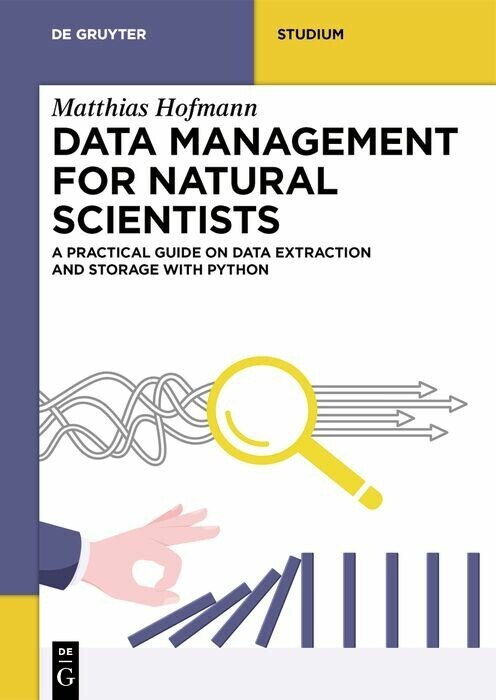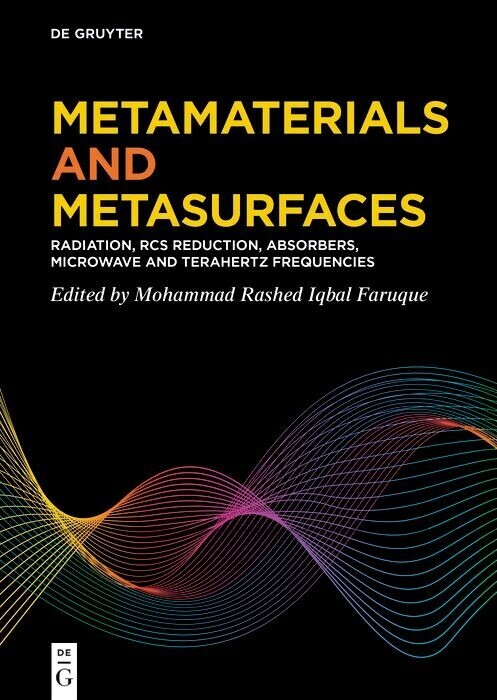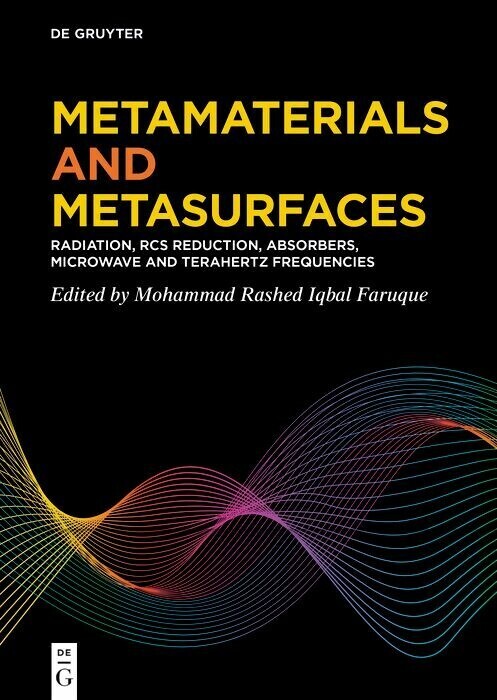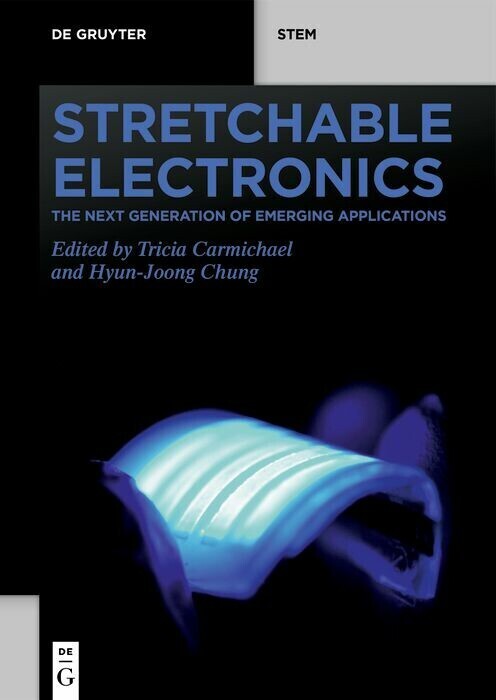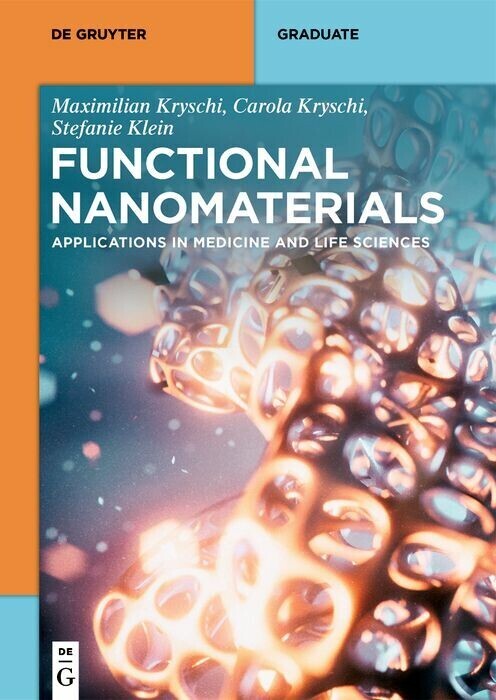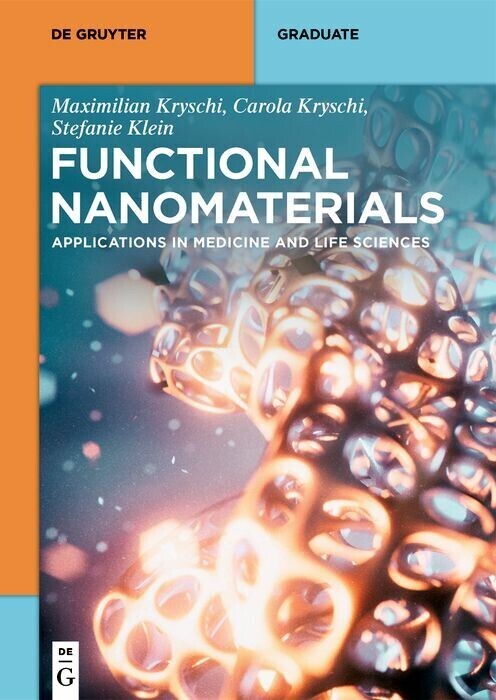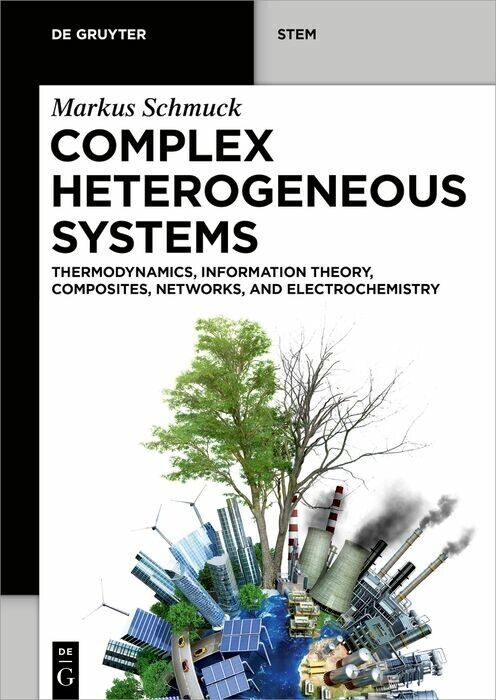Mechanics of Fibrous Materials and Applications
Physical and Modeling Aspects
The book explores the state of the art in the mechanics of fibrous media, providing an overview of the theoretical, modelling and practical aspects of designing and working with these materials. It also describes the advanced methods needed to handle their specific features, including the mechanics of generalized continua, dedicated homogenization methods and computational techniques, and presents applications of fibrous media to diverse fields and over a broad spectrum of scales, ranging from aeronautics to biomechanics.
1;Preface;6 2;Contents;9 3;1 Mechanics of Random Fiber Networks: Structure-Properties Relation;10 3.1;Introduction and Examples of Random Fiber Networks;11 3.2;Network Types and Classification;15 3.3;Types of Fibers and Interfiber Interactions;17 3.3.1;Representation of Fibers;17 3.3.2;Representation of Crosslinks;21 3.3.3;Surface Interactions;22 3.4;Characterization of Network Structure;23 3.5;Small and Large Strain Mechanical Behavior;27 3.5.1;Stability Considerations;27 3.5.2;Mechanical Behavior in Tension and Compression;28 3.6;Damage and Rupture in Random Networks;48 3.6.1;Networks with No Pre-existing Flaws;48 3.6.2;Growth of Cracks in Fibrous Materials;55 3.7;Networks with Adhesive Fiber Interactions-Networks of Bundles;56 3.7.1;Some Basic Considerations Regarding Adhesion of Filaments;57 3.7.2;Structure of Networks with Interfiber Adhesion and No Crosslinks;59 3.7.3;Structure of Networks with Interfiber Adhesion and Crosslinks;61 3.7.4;Tensile Behavior of Networks with Interfiber Adhesion and Crosslinks;62 3.8;Concluding Remarks and Outlook;65 3.9;References;66 4;2 Prediction of the Effective Mechanical Properties of Regular and Random Fibrous Materials Based on the Mechanics of Generalized Continua;71 4.1;Introduction;72 4.2;Effective Mechanical Properties of Periodic Fibrous Materials in the Small Strains Regime;73 4.2.1;Small Strains Homogenization: Determination of the Initial Elastic Response;73 4.2.2;Couple Stress Models of Textile Preforms;80 4.2.3;Effective Properties of the Micropolar Constitutive Law for Textile Preforms;86 4.2.4;Comparison of the Homogenized Moduli with the FE Computations;91 4.2.5;Incorporation of a Hertz Contact Model Between Yarns;96 4.3;Large Configuration Changes of Lattices Based on Discrete Homogenization Method;99 4.3.1;Microscopic Incremental Problem over the RUC;99 4.3.2;Mesoscopic Equations over the Reference Unit Cell;104 4.4;Computed Response of Monolayers and 3D Interlocks;107 4.4.1;Nonlinear Response of Monolayer Fabrics;107 4.4.2;Large Strain Response of 2.5D Layer-to-Layer Interlock;112 4.4.3;Comparison of the Responses from DH with FE Simulations;113 4.5;Identification of Hyperelastic Models for Textile Monolayers;117 4.6;Generalized Continuum Models of Random Fibrous Networks;120 4.6.1;Generation of Random Fibrous Networks RVEs;122 4.6.2;Computation of the Homogenized Properties Based on Couple Stress Continua;123 4.7;Summary and Future Work;128 4.8;References;129 5;3 Heuristic Homogenization of Euler and Pantographic Beams;131 5.1;Introduction;131 5.2;Euler Beams;132 5.2.1;Introduction;132 5.2.2;Continuous Euler Beams;133 5.2.3;Discrete Henky-Type Beam;138 5.3;Pantographic Beams;142 5.3.1;Introduction;142 5.3.2;Discrete Micro-model;142 5.3.3;Toward the Continuum Model;145 5.3.4;Continuum-Limit Macro-model;149 5.3.5;Numerical Simulations of the Continuous Model;154 5.4;References;160 6;4 Simulation of Continuous Fibre Composite Forming;164 6.1;Introduction;164 6.2;Mechanical Behaviour of the Textile Composite Reinforcements: Stiffnesses of an Elementary Woven Cell;165 6.3;Stress Resultant Shell Finite Element for Textile Composite Reinforcements;167 6.4;Experimental Analyses of the Tensile, In-plane Shear and Bending Stiffnesses of Textile Composite Reinforcements;169 6.4.1;Biaxial Tension;169 6.4.2;In-plane Shear;172 6.4.3;Bending;174 6.5;Influence of the Different Stiffnesses on Wrinkles;179 6.5.1;Draping on a Hemispherical Shape;179 6.5.2;Forming an Unbalanced Textile Reinforcement;182 6.6;Thermostamping of Prepreg Composites with Thermoplastic Matrix;184 6.6.1;The Thermostamping Process;184 6.6.2;Viscohyperelastic Model for Prepreg Forming;184 6.6.3;Identification of Parameters;186 6.6.4;Examples of Numerical Simulations of Thermoforming;191 6.7;Conclusions and Perspectives;195 6.8;References;196
Picu, Catalin
Ganghoffer, Jean-François
| ISBN | 9783030238469 |
|---|---|
| Artikelnummer | 9783030238469 |
| Medientyp | E-Book - PDF |
| Copyrightjahr | 2019 |
| Verlag | Springer-Verlag |
| Umfang | 200 Seiten |
| Sprache | Englisch |
| Kopierschutz | Digitales Wasserzeichen |

